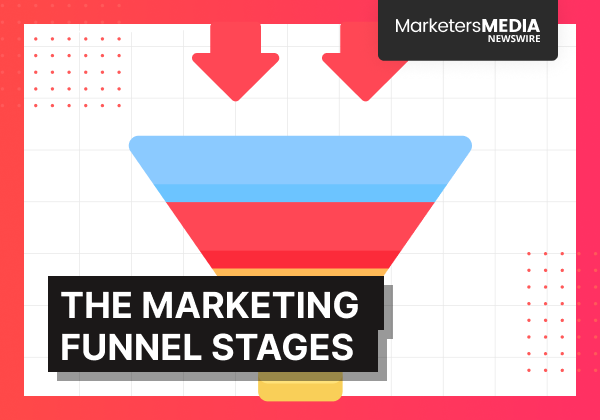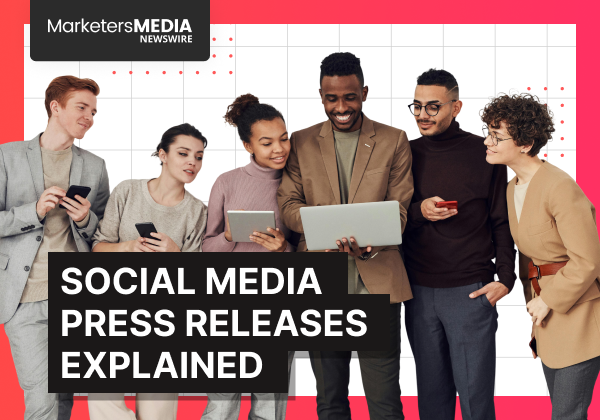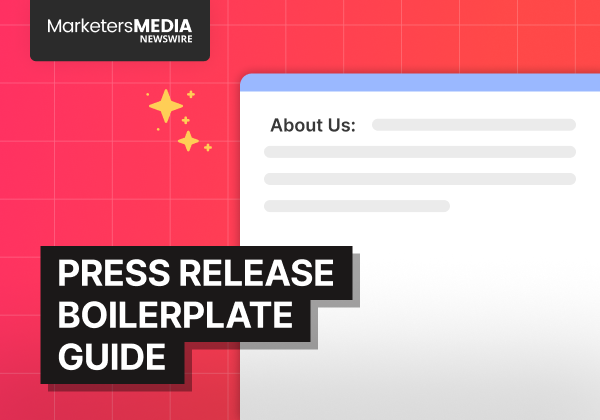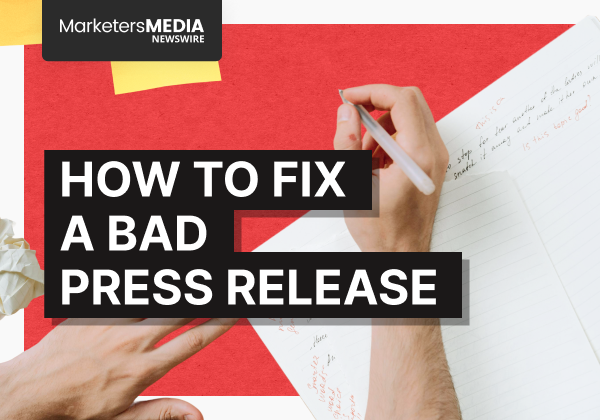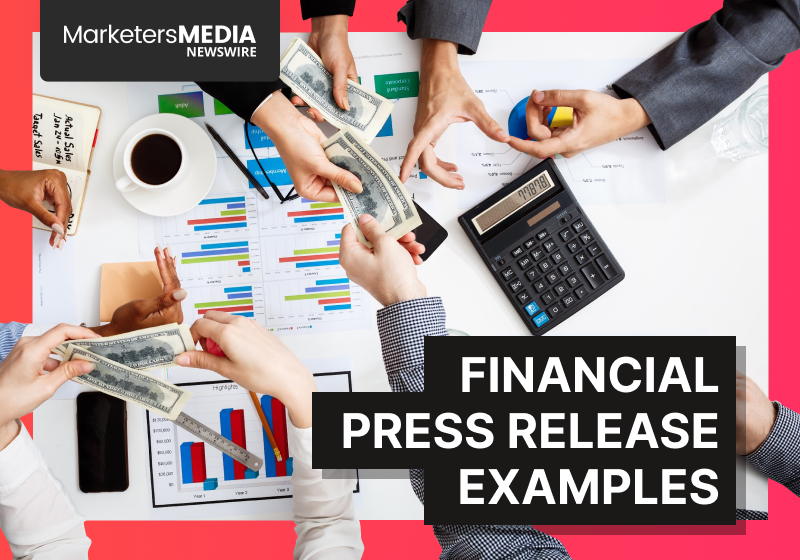Marketing funnels are more than theory. Without them, campaigns become scattered, sales teams chase the wrong leads, and customer relationships fall apart.
A funnel provides clarity by mapping out the customer journey from first awareness to loyal advocacy, showing you exactly where your prospects are in their decision-making process and what they need at each stage.
What Is the Marketing Funnel?
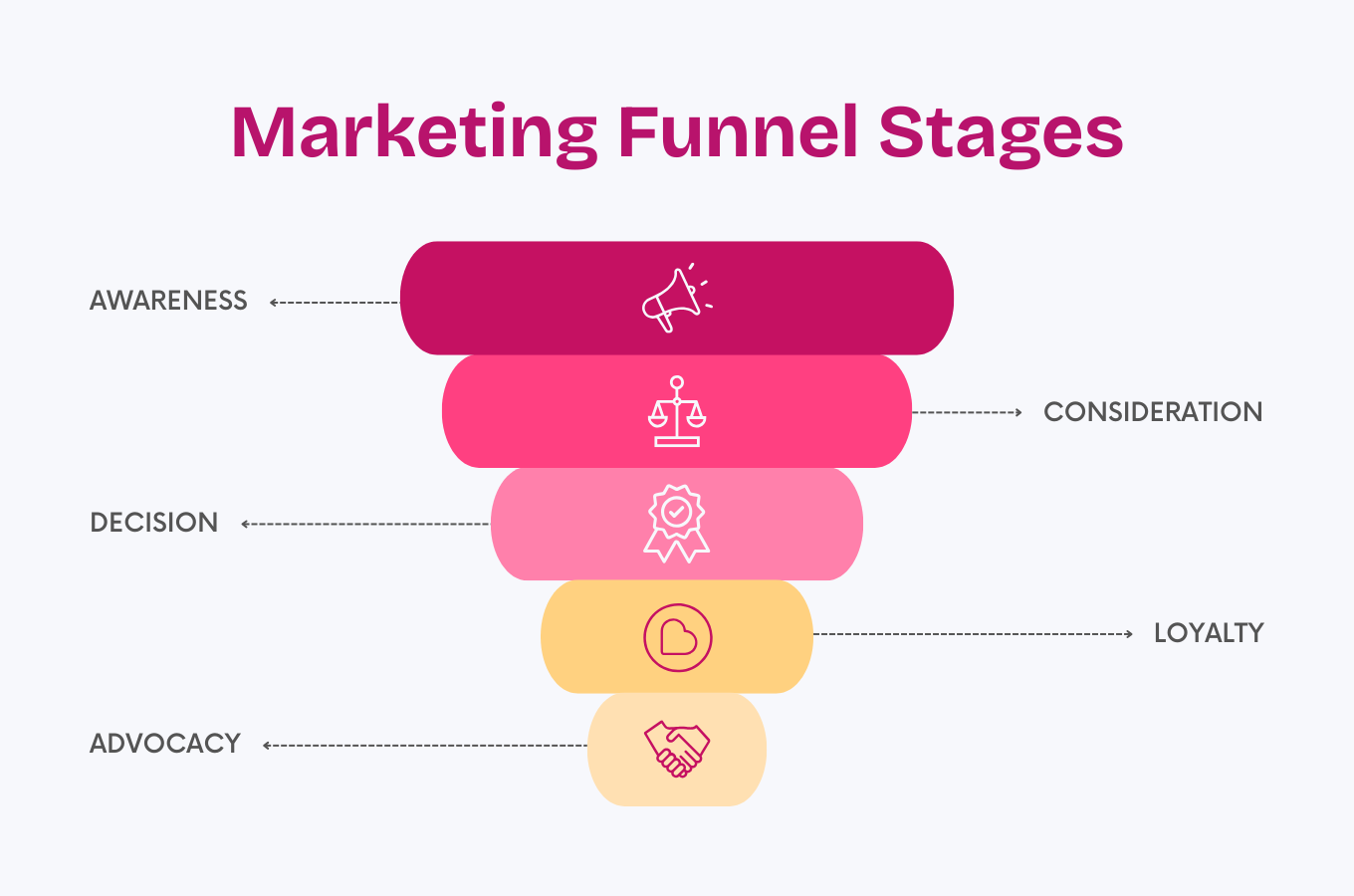
The marketing funnel is a visual representation of how potential customers move through different stages before making a purchase decision. Think of it as a roadmap that guides people from "Who are you?" to "I need what you're selling" to "I'll tell everyone about this."
The funnel shape reflects reality: you start with many people at the top who become aware of your brand, but only a portion of them move through each subsequent stage. Some drop off along the way, while others become your most valuable customers and advocates.
Why the Marketing Funnel Works?
The funnel provides structure by creating targeting strategies for each stage. If people aren't moving from awareness to consideration, you know your messaging needs work. If they're considering but not buying, your sales process might need adjustment.
Most importantly, it aligns your entire team around the customer journey. Sales knows what marketing has promised. Customer service understands what new customers need. Everyone works toward the same goal.
The Four Critical Stages of the Marketing Funnel
Top of the Funnel (ToFu): Awareness
At the awareness stage, people have a problem but might not even realize it yet. Or they know they have a problem but don't know solutions exist.
Your job here isn't to sell. It's to educate, inform, and build trust.
@dailymail @Danielle says the ice in her Stanley cup survived a CAR FIRE that incinerated her vehicle - but left the insulated container completely intact. #fyp #stanleycup #carfire #accident #wholesome ♬ original sound - Daily Mail
Source: Daily Mail
Stanley's car fire incident demonstrates this perfectly. When a TikTok video showed a Stanley tumbler surviving a devastating car fire with ice still inside, millions of people suddenly became aware of the brand's durability. The company didn't create this content, but they capitalized on it brilliantly.
Common awareness-stage tactics:
- Blog posts that solve problems
- Social media content that entertains or educates
- Podcast appearances
- Search engine optimization
- Media coverage and press releases
The goal is simple: get on people's radar in a helpful, non-salesy way.
Middle of the Funnel (MoFu): Consideration
Now people know they have a problem and are actively researching solutions. They're comparing options, reading reviews, and trying to figure out which approach makes the most sense.
This is where trust becomes critical.
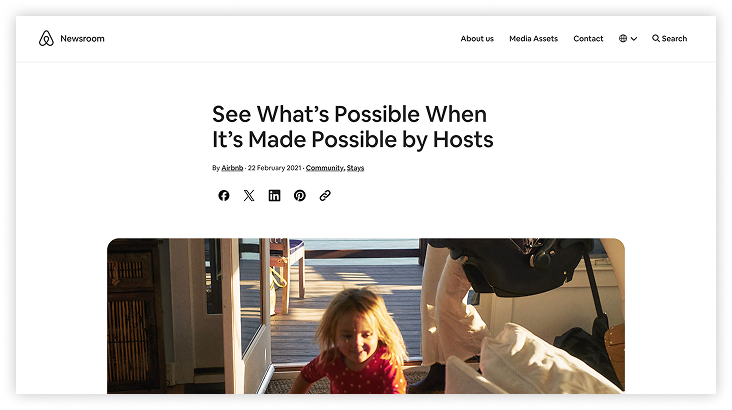
Airbnb’s “Made Possible by Hosts” campaign tackled this stage directly. As the company faced skepticism about safety and authenticity, it shifted focus to real stories from hosts welcoming guests into their homes. By highlighting genuine human connections instead of transactions, Airbnb built credibility and reminded audiences that the platform was about belonging and trust.
Effective consideration-stage content:
- Case studies and success stories
- Comparison guides
- Free trials or demos
- Educational webinars
- Expert interviews and third-party validation
You're building credibility while helping prospects evaluate their options.
Bottom of the Funnel (BoFu): Decision
Your prospect is ready to buy. They've narrowed down their choices and are looking for that final push to choose you over competitors.
This stage is all about removing friction and addressing any lingering doubts.
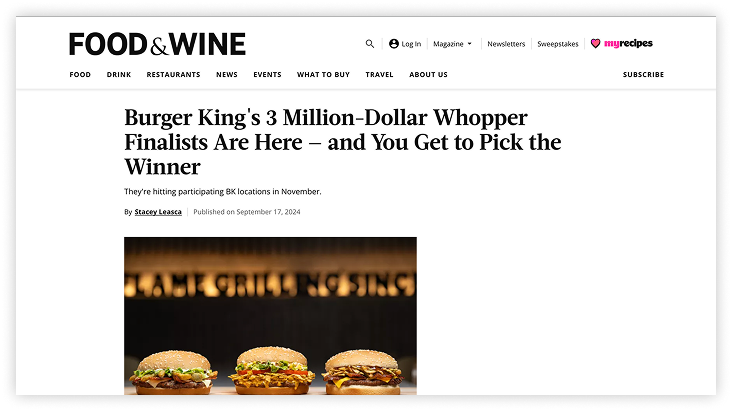
Burger King's "Million Dollar Whopper" contest shows how to turn decision-making into engagement. Instead of just asking people to buy a burger, they invited customers to create their own Whopper using AI. The interactive experience required users to engage with the BK App, turning a simple promotion into a conversion engine that generated 1.3 million new app signups.
Decision-stage strategies:
- Clear pricing and package options
- Money-back guarantees
- Customer testimonials and reviews
- Limited-time offers
- Simplified checkout processes
- Live chat support
Remove every possible barrier between your prospect and their purchase.
Beyond the Funnel: Loyalty & Advocacy
The sale isn't the end, but the beginning of a potentially profitable long-term relationship.
Loyal customers spend more, buy more frequently, and cost less to serve. But the real payoff comes when they become advocates who refer others to your business.
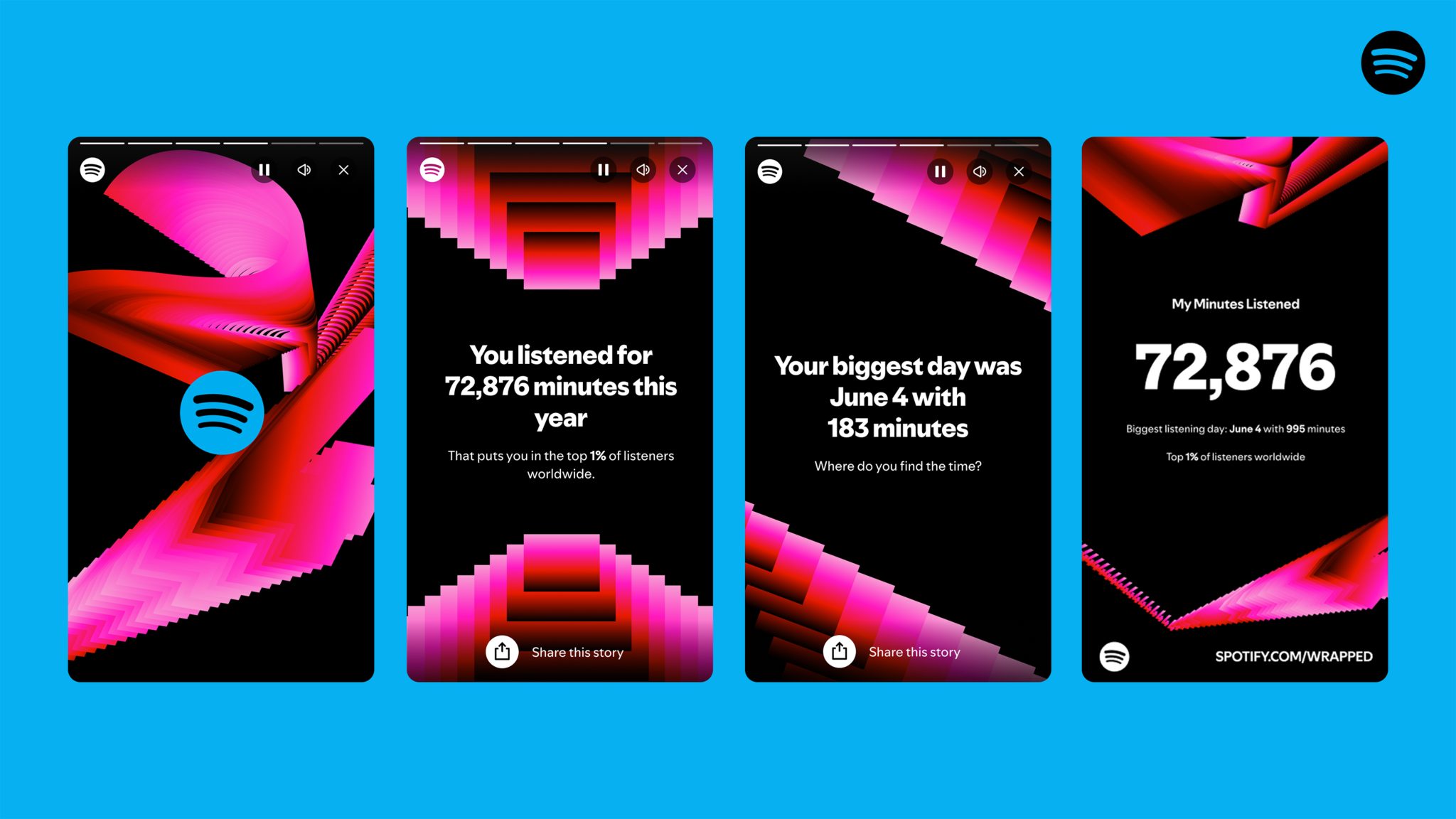
Spotify Wrapped is the gold standard for this stage. Every December, Spotify transforms user listening data into a personalized, shareable story. Over 156 million users engage with Wrapped annually, creating more than 60 million social media shares. Each user becomes an unpaid marketing agent, sharing their unique story with friends and followers.
Loyalty and advocacy tactics:
- Exceptional customer service
- Exclusive member benefits
- User-generated content campaigns
- Referral programs
- Regular communication and updates
- Surprising and delighting customers
The brands that master this stage turn their customer base into their most powerful marketing channel.
The Strategic Role of PR at Each Funnel Stage
Public relations isn't just about press releases anymore. Smart PR teams integrate their efforts across every stage of the funnel, amplifying marketing efforts and building credibility at each step.
Awareness: Building Visibility and Credibility
At the awareness stage, PR focuses on getting your brand in front of new audiences through earned media coverage, expert commentary, and thought leadership.
@marcjacobs The Tote Bag, made from scratch by @Nara Smith ♬ original sound - marcjacobs
Source: Marc Jacobs
Marc Jacobs' collaboration with TikTok creator Nara Smith shows this in action. Instead of a standard product placement, they co-created a video where Smith "baked" a life-sized Marc Jacobs tote bag from scratch. The content felt authentic to the influencer's quirky style, generating 22 million views across Instagram and TikTok without heavy media spending.
PR awareness tactics:
- Media relations and press coverage
- Industry awards and recognition
- Speaking opportunities at conferences
- Expert commentary on trending topics
- Strategic influencer partnerships
Consideration: Securing Third-Party Validation
During consideration, PR helps build trust through external validation. Third-party endorsements carry more weight than anything you say about yourself.
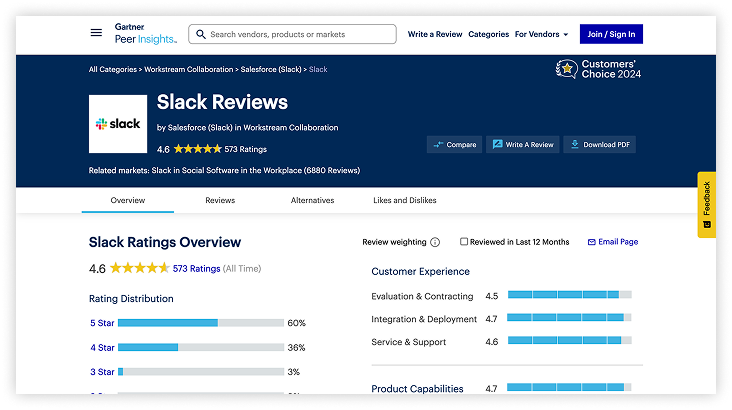
Slack built credibility by earning analyst recognition and media reviews that framed it as a serious workplace tool rather than just another chat app. Coverage in respected publications and Gartner’s inclusion of Slack in collaboration reports gave decision-makers confidence to shortlist it over competitors.
PR consideration strategies:
- Securing positive media reviews
- Industry analyst reports
- Expert endorsements
- Awards and certifications
- Customer case studies in trade publications
Decision: Influencing Final Purchase Decisions
At the decision stage, PR amplifies customer success stories and testimonials that help prospects choose your solution over competitors.
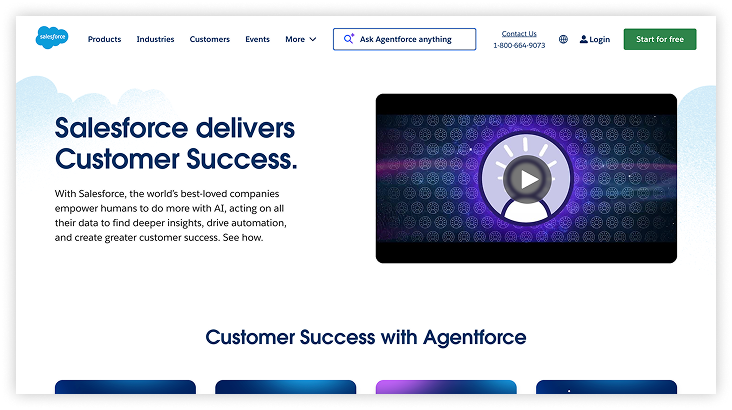
Salesforce consistently highlights customer success stories through press coverage and industry case studies. By showcasing measurable results achieved with its platform, Salesforce reassures potential buyers that they are making a proven and low-risk investment.
PR decision tactics:
- Customer success story placements
- Media coverage of company growth or funding
- Industry leadership positioning
- Crisis communication management
- Reputation monitoring and response
Loyalty & Advocacy: Building Brand Champions
PR helps create a positive brand reputation that encourages word-of-mouth promotion and customer retention.
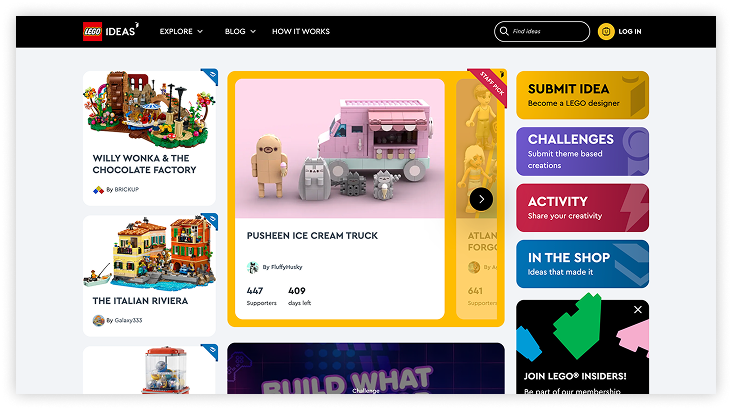
LEGO’s LEGO Ideas platform shows how to turn loyalty into advocacy. Fans submit set designs, vote on favorites, and see winning ideas become official products. By celebrating customer creativity and building a community around it, LEGO strengthens emotional ties and turns fans into brand champions who share their passion widely.
PR loyalty tactics:
- Customer appreciation programs
- Community building initiatives
- Thought leadership content
- Company culture storytelling
- Social responsibility campaigns
Tracking Impact: Measuring What Matters
Different funnel stages require different metrics. Here's what to track at each level:
Awareness:
- Website traffic and unique visitors
- Social media reach and impressions
- Brand mention volume and sentiment
- Share of voice in your industry
Consideration:
- Email signups and downloads
- Content engagement and time on site
- Social media engagement rates
- Demo or consultation requests
Decision:
- Conversion rates and sales volume
- Average deal size and time to close
- Cart abandonment rates
- Customer acquisition cost
Loyalty & Advocacy:
- Customer lifetime value
- Retention and churn rates
- Net Promoter Score
- Referral volume and user-generated content
Track leading indicators (like email signups) alongside lagging indicators (like sales) to spot trends early and adjust your strategy.
Strategic PR can accelerate every stage of your funnel. Press releases on milestones, launches, or customer wins build credibility and move prospects faster. Distribution through services like MarketersMEDIA Newswire ensures your story reaches the right journalists and industry publications.
F.A.Q.
What are the stages of the marketing funnel?
The main stages are Awareness, Consideration, Decision, and Loyalty/Advocacy. Each stage has a distinct goal, from getting on a prospect’s radar to turning them into brand advocates.
Why do businesses need a funnel?
A funnel keeps campaigns focused, helps sales teams prioritize the right leads, and aligns marketing, sales, and service around the same customer journey.
How does PR support the funnel?
PR adds credibility at every stage—whether it’s media coverage for awareness, third-party validation during consideration, success stories for decision-making, or community-building for loyalty.
How do you measure funnel success?
Metrics vary by stage. For example: traffic and mentions (awareness), signups and engagement (consideration), conversions and deal size (decision), and retention or referrals (loyalty).
What’s the first step in building a funnel?
Start by mapping how prospects currently discover, evaluate, and choose your brand. Then identify where they drop off and fill those gaps with targeted content and PR support.
Free Press Release Template
Tell us where to send your PDF:
